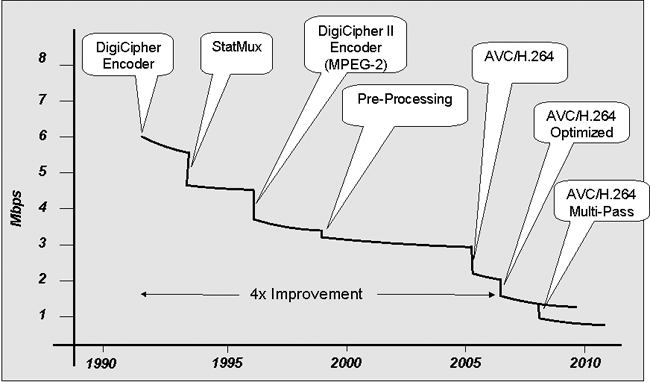Introduced MPEG H.265 video compression standard
 The international organization Moving Picture Experts Group (MPEG) at a conference in Stockholm presented a draft of a new standard for video compression H.265 / HEVC .
The international organization Moving Picture Experts Group (MPEG) at a conference in Stockholm presented a draft of a new standard for video compression H.265 / HEVC .The new codec provides the same visual quality as the current H.264 / AVC, with half the bitrate, according to a press release .
H.265 (also known as High Efficiency Video Coding or HEVC) will be used primarily for transmitting video on mobile networks, as well as for a television signal. Considering that the share of video content in total global traffic by 2015 can grow up to 90%, improving compression by a factor of two is a very useful thing.
Ericsson Research Specialist and MPEG Swedish Group Chairman Per Fröjdh expresses the hope that H.265 can be launched for commercial use in 2013.
')
By 2014, MPEG promises to adopt a standard for 3D video compression.
Interestingly, a few years ago, Motorola released a study (pdf) on the effect of video content on the bandwidth of LTE networks. In it, they published a graph with the evolution of video codecs, according to which the quality of video compression doubles every 6-8 years as a result of the emergence of more efficient encoding methods.

Source: https://habr.com/ru/post/149775/
All Articles